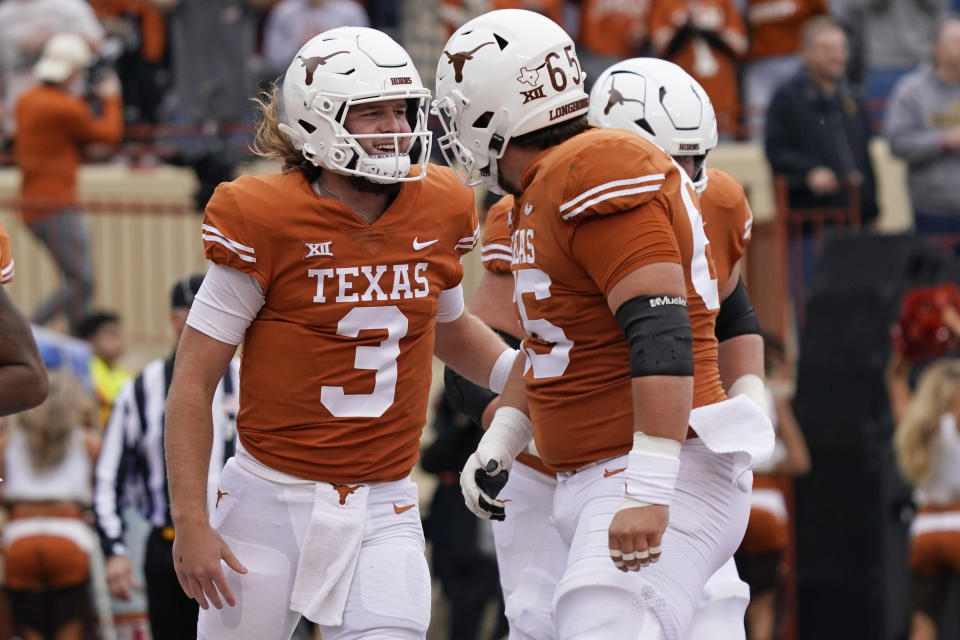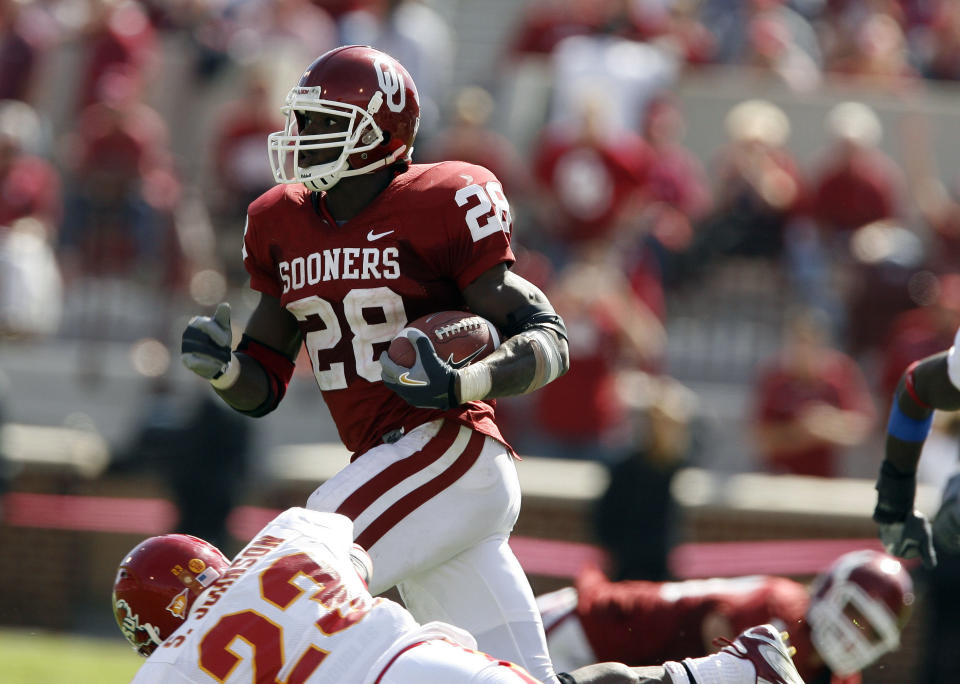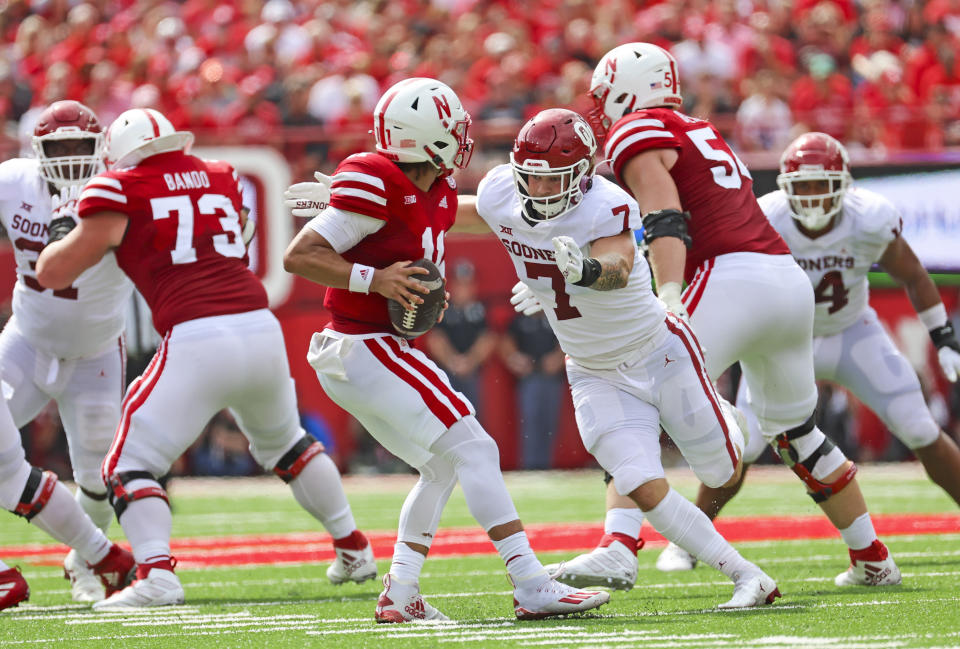One expert calls for the revival of the Southwest Conference

One of the biggest discussions in college football for the past year or so has centered around conference realignment.
Texas and Oklahoma got the party started when they announced a move to the SEC, and USC and UCLA kept it rolling with their move to the Big Ten. A move that has since led to geography being tossed out the window and conferences all just figuring out ways to either capitalize on others’ departures or in some cases, stay afloat.
While realignment is far from over, The Athletic’s David Ubben released what he believes conference realignment should actually look like. The college football insider expressed that realignment should be predicated on common sense and equality throughout college football.
In a world where realignment has gone wild, let’s lay out a vision for a college football landscape driven by common sense. In short: It’s time to take some modern sensibility, hop into our time machine and head back toward 1970s geography, turning the Power 5 into a Power 8.
It’s better for everyone. The only loss is Big Ten and SEC fans no longer being able to brag about how much more money their schools are getting (that fans never see) than everyone else. We can live with that.
In reconstructing the Power Five conferences and making them a Power Eight, Ubben broke up conferences like the Pac-12, Big 12, Big Ten, SEC, and ACC.
He split up familiar foes like Texas and Oklahoma, and even brought back some iterations of conferences that once existed like the Pac-8. Here is who Texas was paired up with, and what happened to other Big 12 programs.
The Southwest Conference

Schools:
Arkansas
Baylor
Houston
SMU
TCU
Texas
Texas Tech
Texas A&M
For Texas and Texas A&M this would likely be considered a downgrade from their SEC jump, but in this scenario everyone is on an equal platform in media deals so no money is lost. This would revive the Southwest conference in a sense but doesn’t include members like Oklahoma or Oklahoma State. If they wanted to continue the Red River Rivalry, it would have to be a non-conference game. Not sure how consistently competitive this conference would be outside of three or four of the schools, but it would make for some great games.
Get more Arkansas news, analysis, and opinions on Razorbacks Wire
Get more Texas A&M news, analysis, and opinions on Aggies Wire
Where other Big 12 programs ended up

Schools:
West Virginia (Big East)
UCF (Big East)
BYU (WAC)
Oklahoma (Big Nine)
Kansas (Big Nine)
Oklahoma State (Big Nine)
Kansas State ( Big Nine)
Cincinnati (Big Nine)
Iowa State (Big Nine)
The other Big 12 schools were scattered all over the place with West Virginia and UCF being added to a more logical fit geographically, and a huge chunk of long-time Big 12 programs forming a new conference with Big Ten members.
Get more Oklahoma news, analysis, and opinions on Sooners Wire
Other schools of note

Schools:
Nebraska (Big Nine)
Colorado (WAC)
Arizona (WAC)
UConn (N/A)
Georgia Tech (SEC)
Former Big 12 member Nebraska reunites with programs such as Oklahoma and Kansas in the Big Nine, while programs such as Colorado and Arizona who are viewed as Big 12 targets stay with programs in the West. Thanks to the openings in the SEC left by Texas and others, Georgia Tech returns to their former conference. Lastly, UConn who is rumored to be on the Big 12 radar was not considered to be a member of a power conference.

